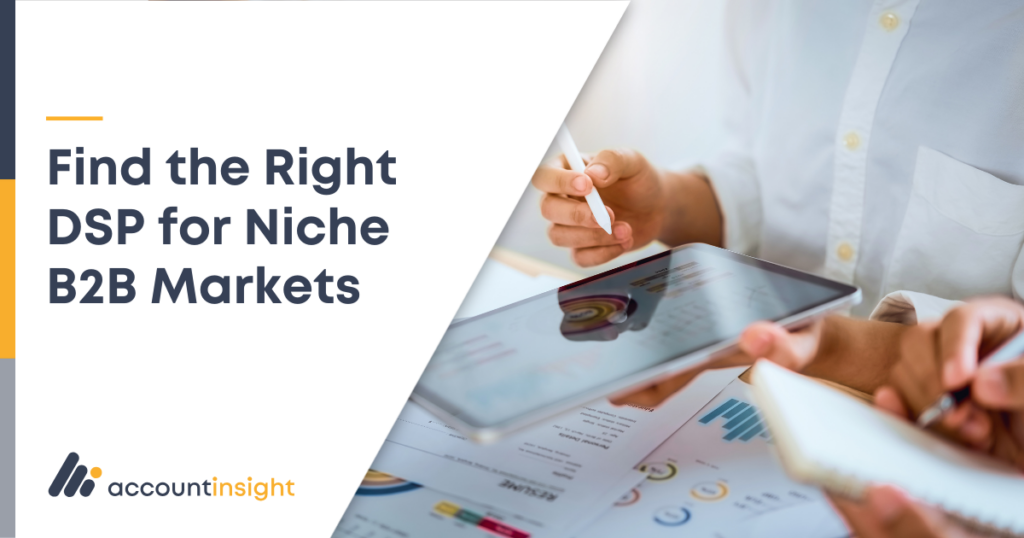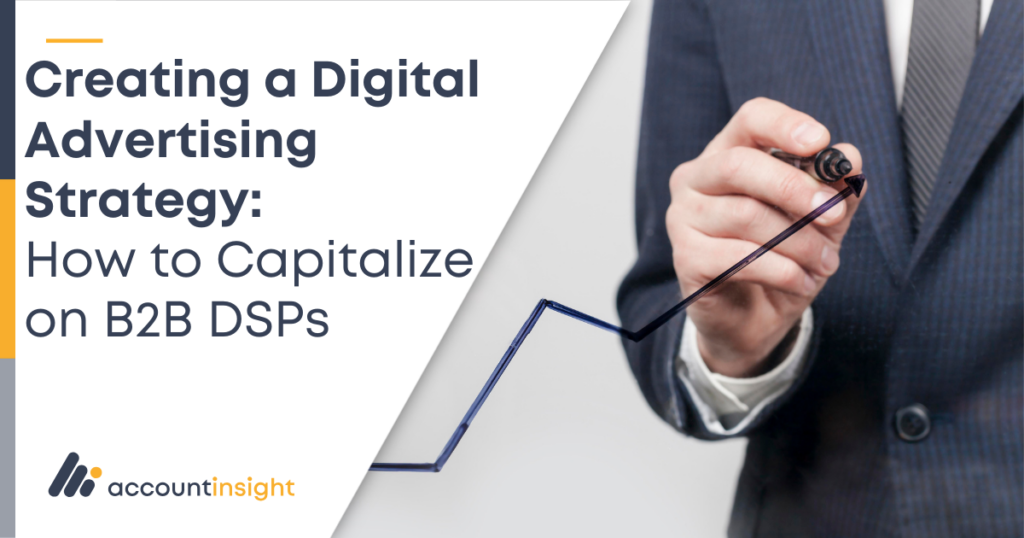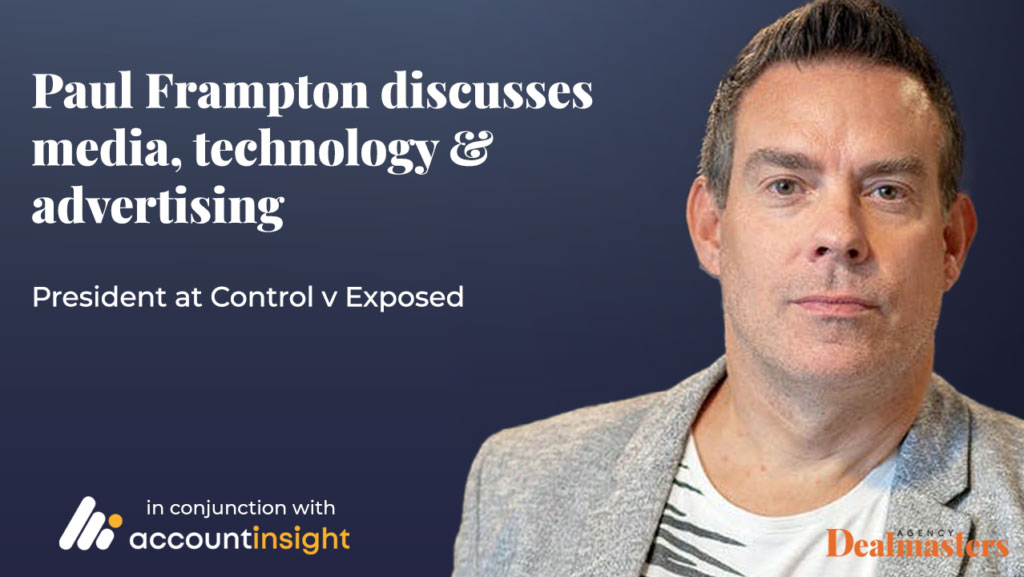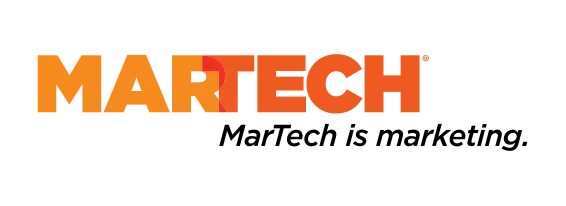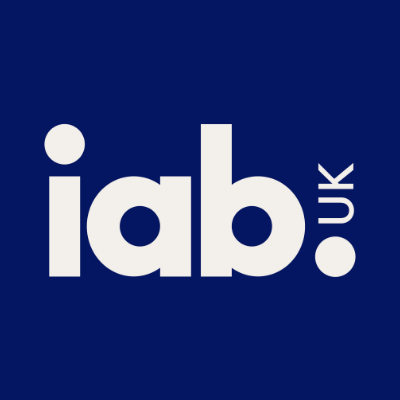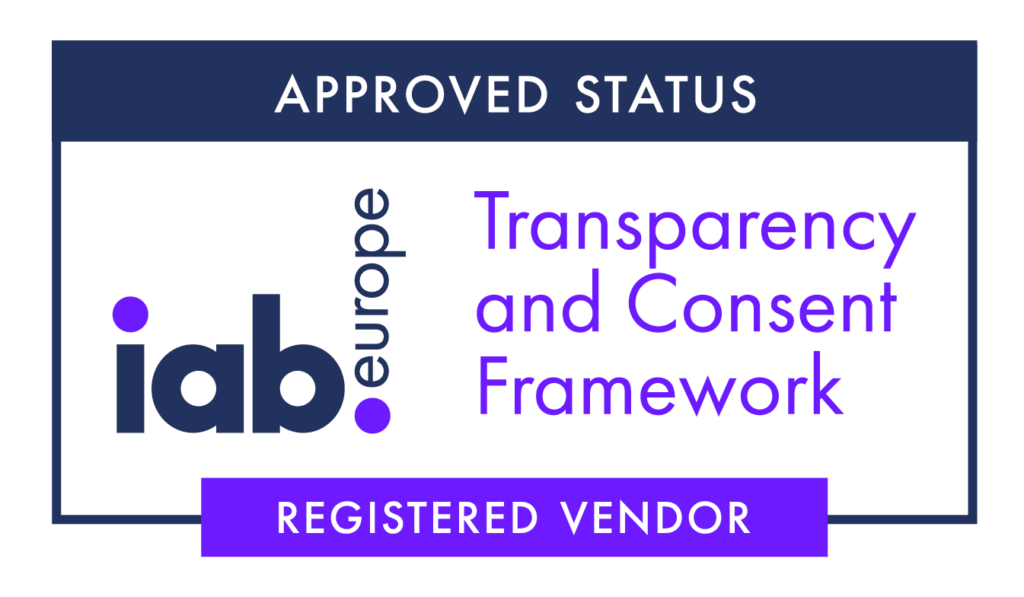With people spending 66% of their time on the open internet, i.e. outside of walled gardens, it’s no surprise to see many B2B advertisers turning to display advertising for effective communication. One way to achieve this is by leveraging media targeting via Demand-Side Platforms (DSPs). But what exactly is a DSP, and why is it essential to ensure it has a true B2B focus?
At its core, a DSP is a specialised technology platform that enables advertisers to purchase and manage digital ad placements across a variety of channels and formats. However, B2B advertisers face distinct challenges that require specialised solutions. While traditional DSPs excel in consumer campaigns, they often fail to effectively engage B2B audiences, in both precision and scale.
Unlike traditional advertising methods that cast a wide net, B2B DSPs allow advertisers to laser-target their campaigns to reach the right companies and decision-makers, with a specific focus on targeting businesses rather than individual consumers.
Therefore, one of the primary reasons B2B advertisers turn to DSPs is for their advanced targeting capabilities. Advertisers need to reach not only the right industry but also the specific companies and individuals who are most likely to be interested in their products or services. B2B DSPs leverage sophisticated algorithms and data sources to identify and target these high-value prospects with pinpoint accuracy.
For example, imagine a software company that specialises in providing cybersecurity solutions to financial institutions. With a B2B DSP, they can precisely target people in IT departments within banks and other financial organisations, ensuring that their message reaches the decision-makers who have the authority to purchase their product. A more conventional DSP on the contrary will be very effective in targeting people with an interest in cybersecurity but these will include a majority of people that have nothing to do with Financial Institutions, therefore the targeting is way too loose, never quite reaching the people you need.
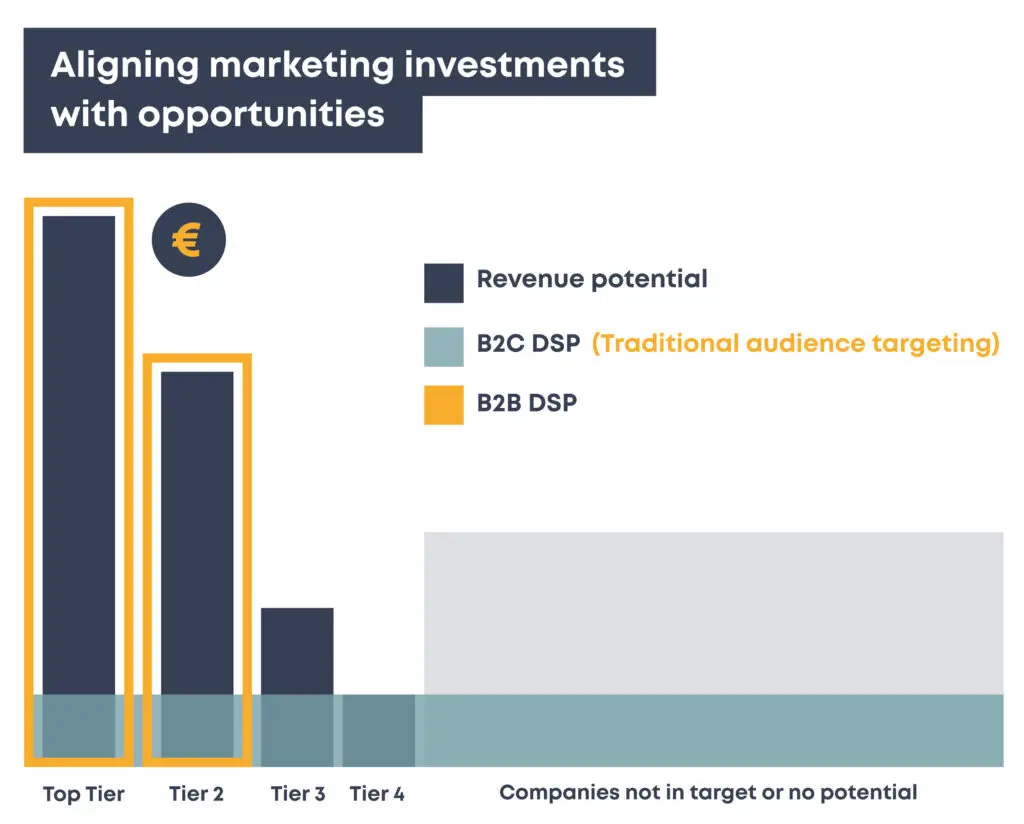
Additionally, B2B DSPs offer robust reporting and analytics capabilities, allowing advertisers to track the performance of their campaigns in real-time per company targeted. This level of transparency enables marketers to optimise their strategies on the fly, making adjustments based on insights gleaned from campaign data.
This is where specialised B2B DSPs, like AccountInsight, offer a range of features specifically designed to address the challenges of B2B marketing, including:
- Account-Based Targeting: Targeting specific companies and key decision-makers within those organisations.
- Firmographic Targeting: Leveraging data on company size, industry, and other firmographic attributes to refine targeting.
- Campaign Optimisation: Fine tuning campaigns based on industry trends, audience behaviour, and other relevant factors.
- Advanced Reporting: Providing detailed insights into campaign performance at both the account and individual level.
In essence, embracing purpose-built B2B DSPs is imperative for advertisers looking to run display advertising as part of their go-to-market strategy. The need to achieve scale in B2B targeting is higher than ever, and only B2B DSPs can, by design, effectively deliver volume while not compromising any of the precision and transparency.If you want to know more about B2B DSP solutions, check out this article at IAB UK.


